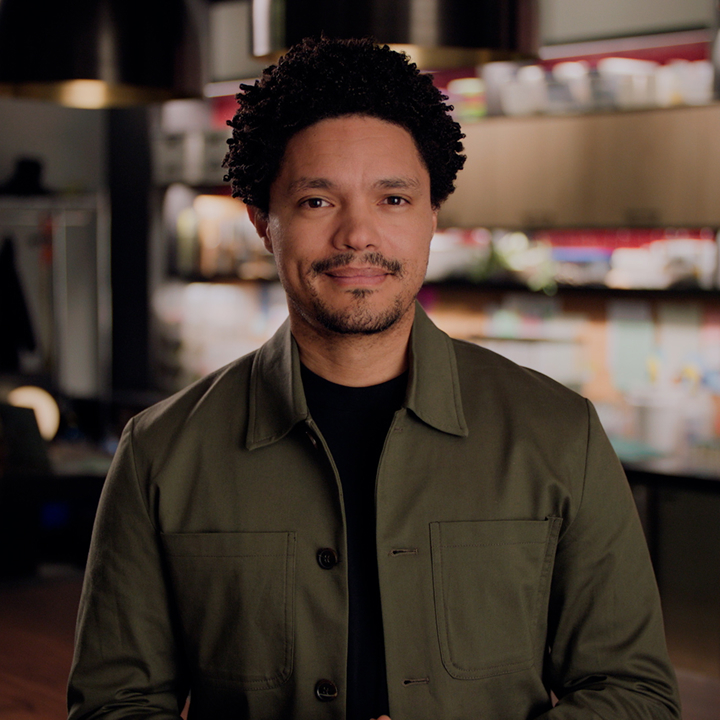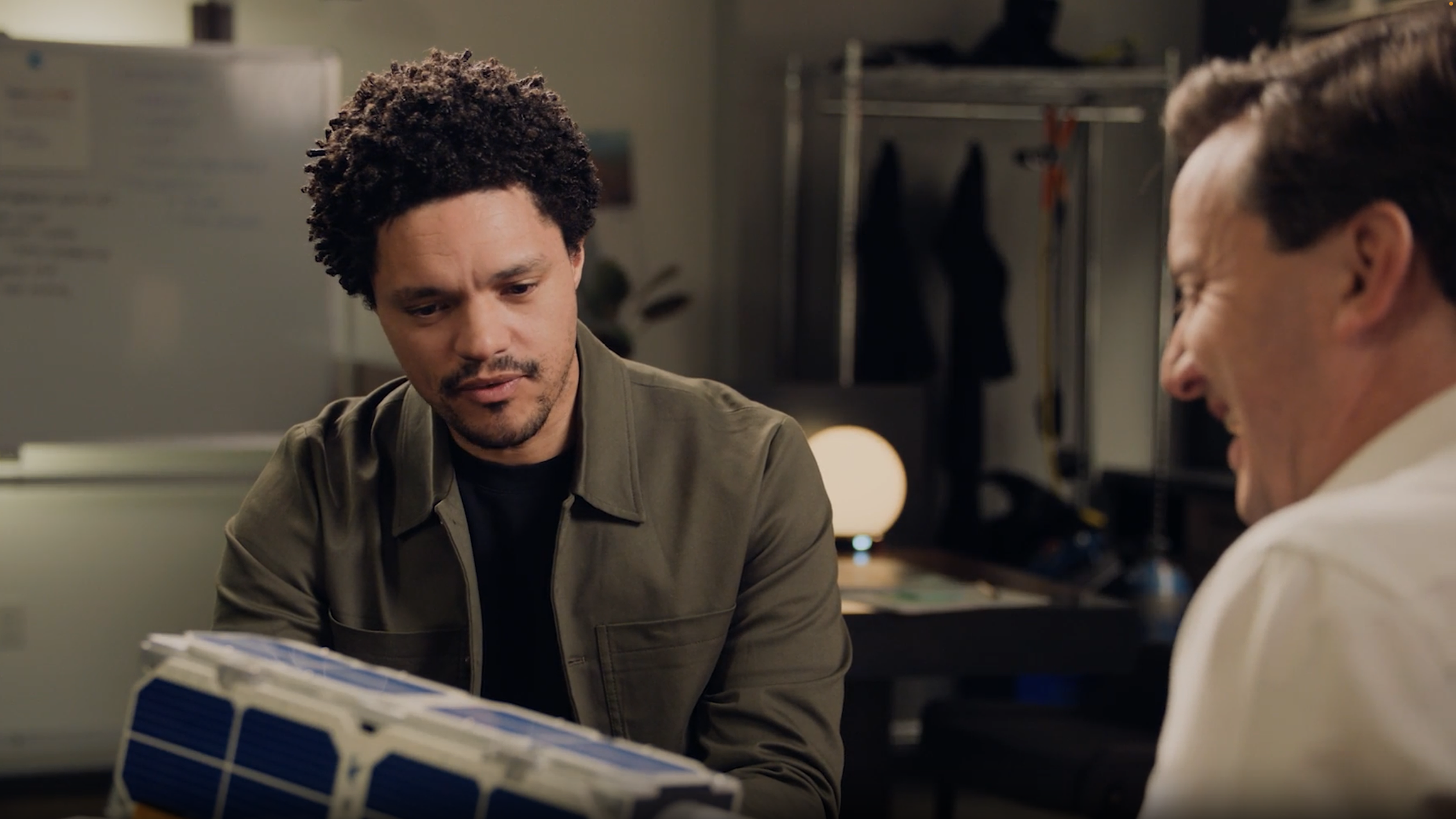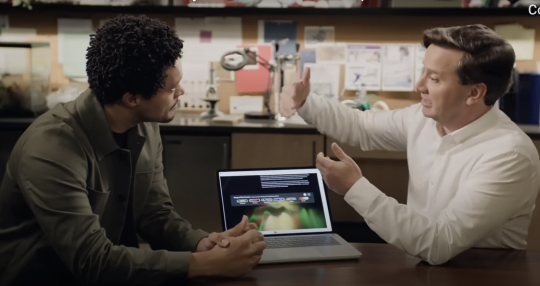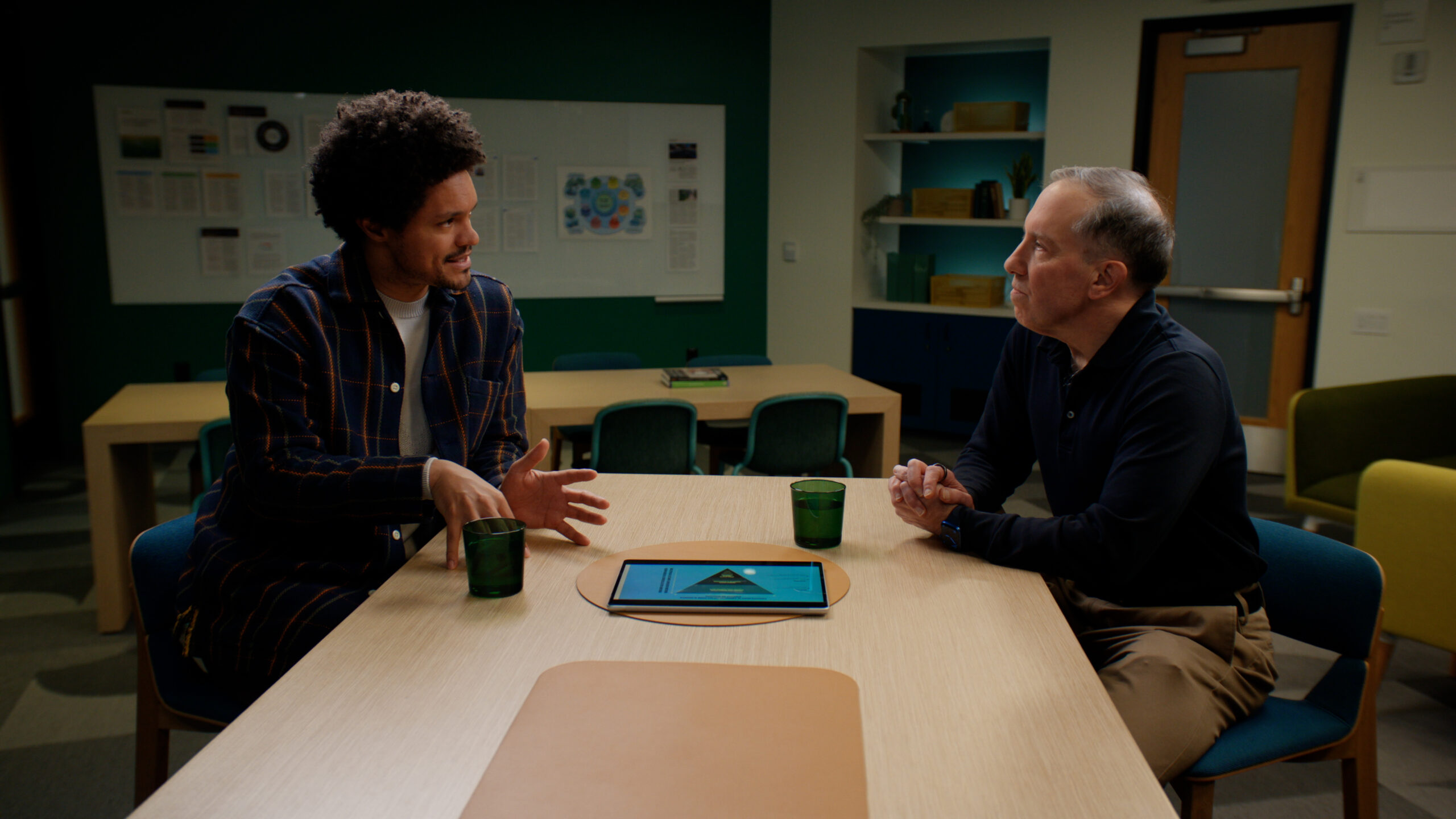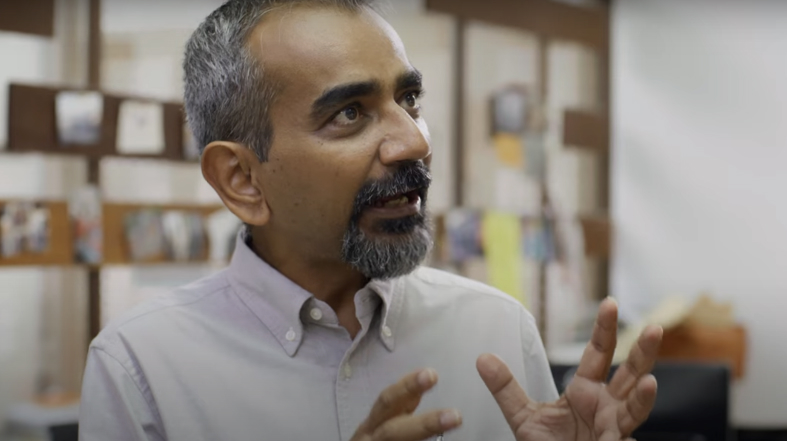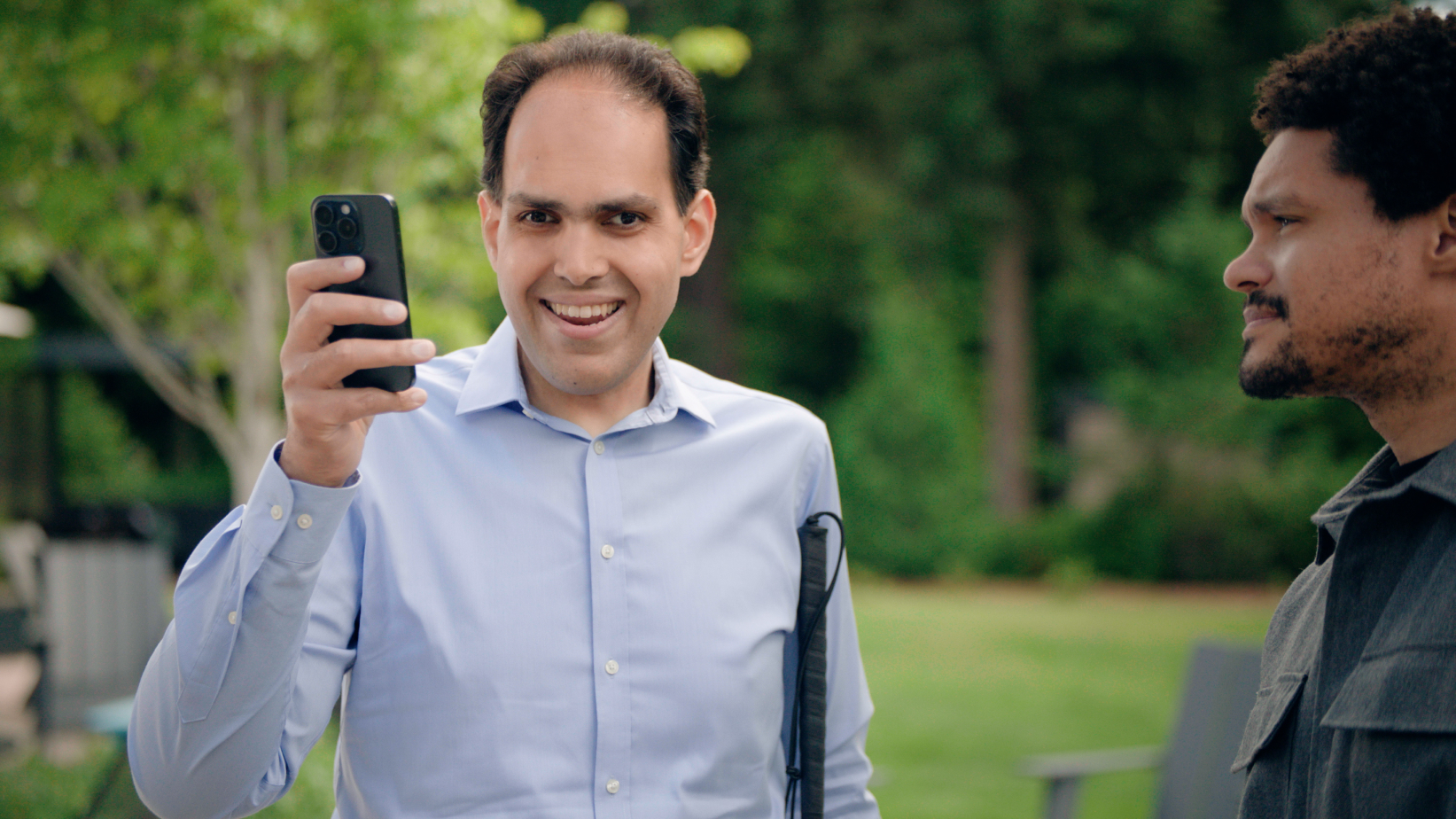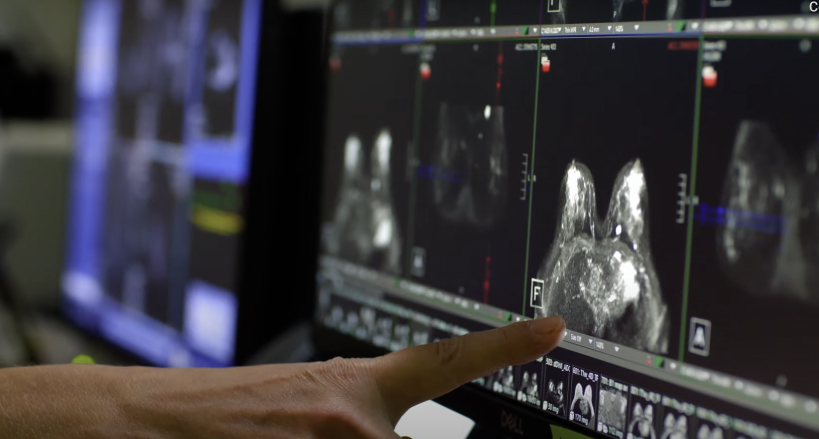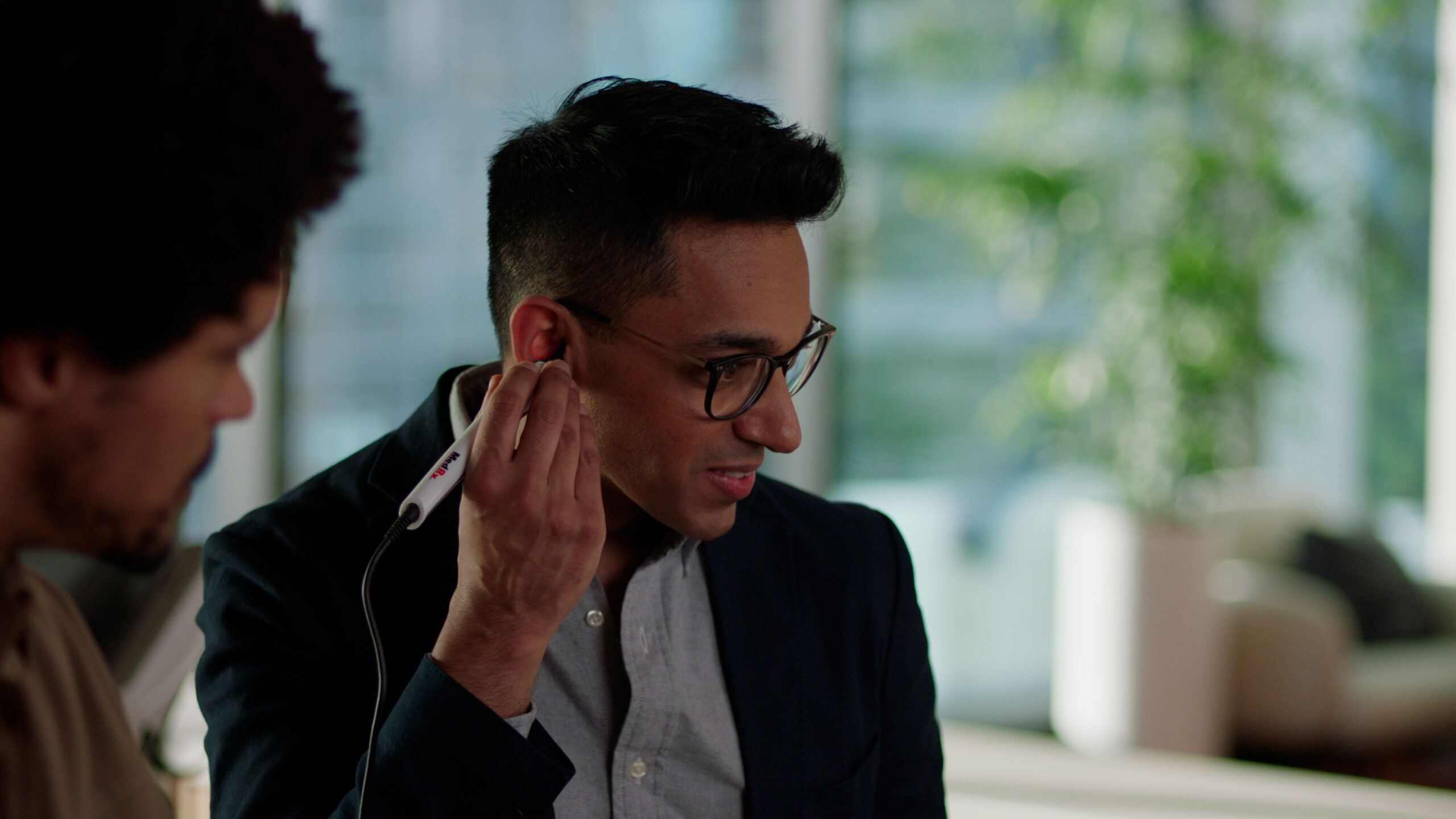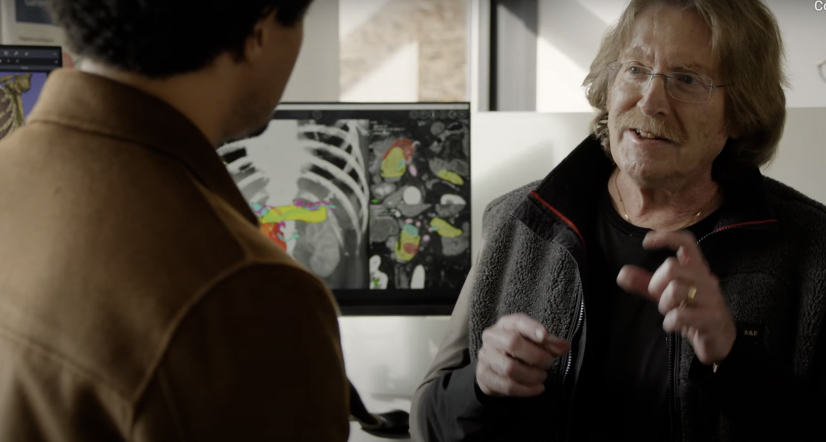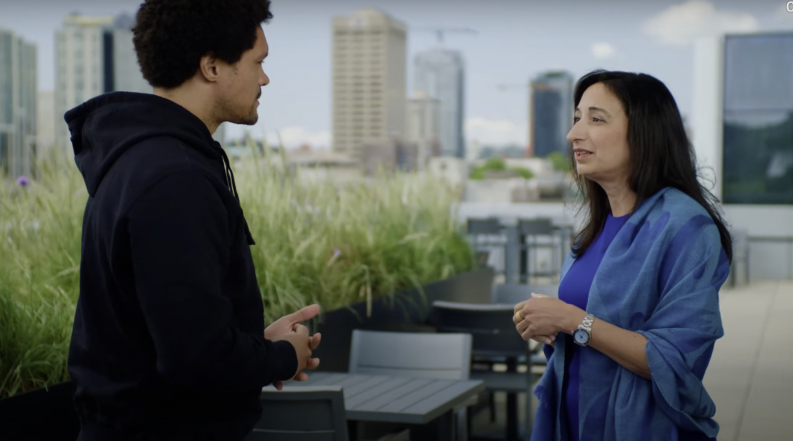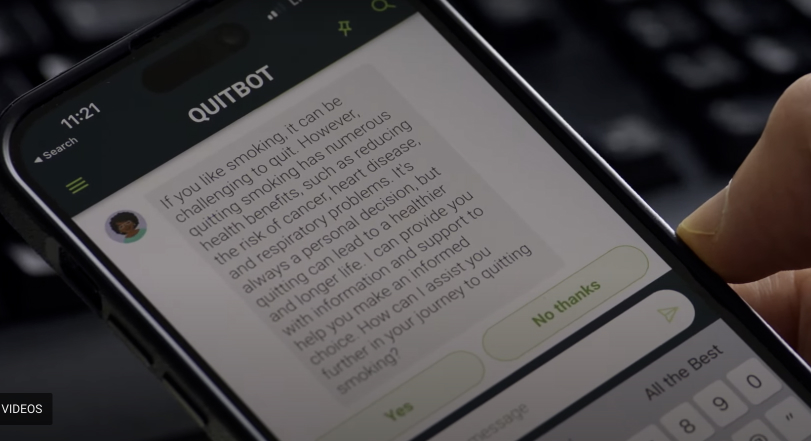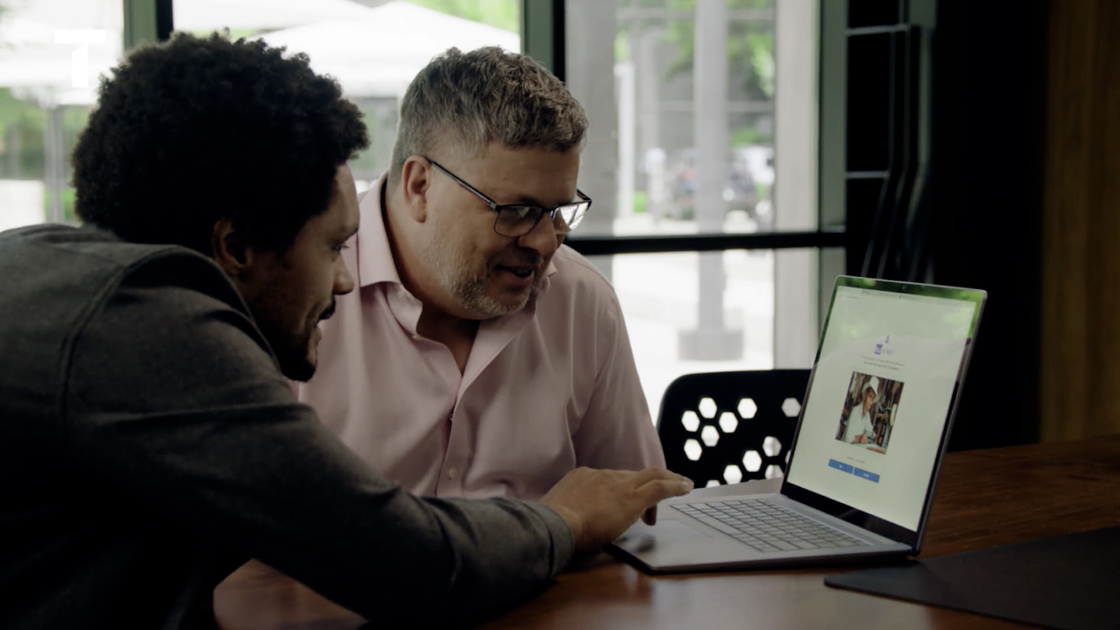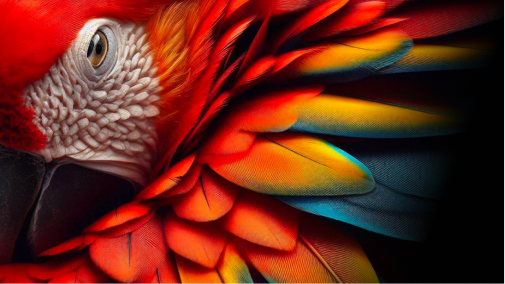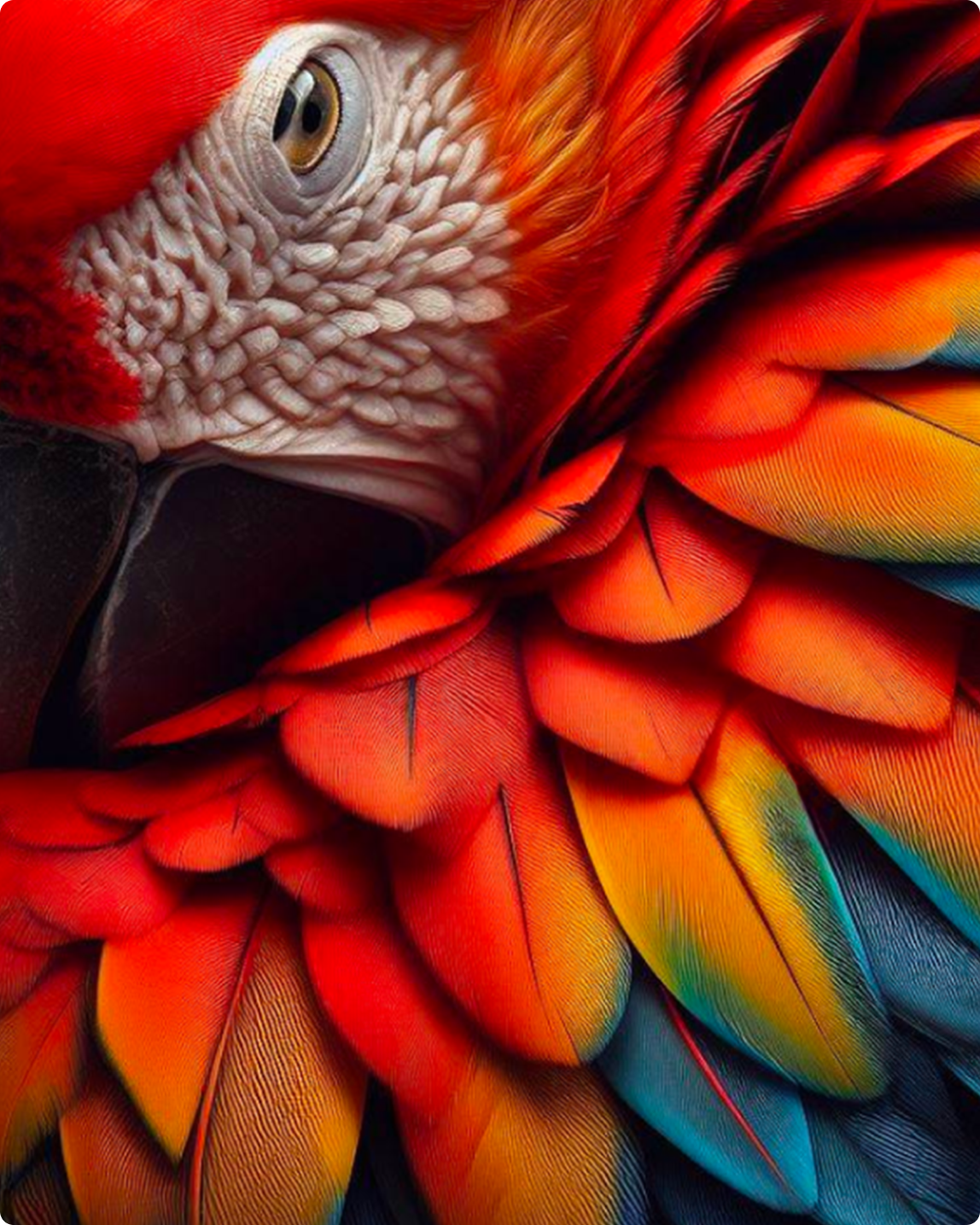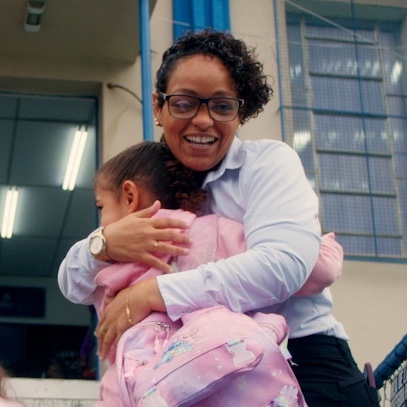Finding the next question with Trevor Noah
From identifying deepfakes to helping doctors detect cancer earlier than ever before, AI is making considerable progress toward changing things for the greater good. We’re on the cusp of discovering the benefits of AI and the positive changes it can bring, and the AI for Good Lab proudly supports those who are using AI to create a brighter future for all.
In The Prompt, Microsoft Chief Questions Officer Trevor Noah explores the meaning of AI for good and how it’s helping people on a global scale. We’ll learn more about AI being used to protect vulnerable communities in India, preserve the Amazon Rainforest, and diagnose ear diseases in children to save their hearing. Join Trevor as he travels the world and meets with experts in this video series that gets inquisitive.
Focus on sustainability
Project Guacamaya uses AI in different ways to help preserve the Amazon Rainforest by monitoring its health.
Energy usage and data analytics expert Dr. Koomey tells us if AI will help reduce the world’s carbon footprint or hinder climate progress.
SEEDS is dedicated to saving communities in India from global hazards by using AI to identify those most at risk.
Better health for all
AI helps narrate daily life for blind and low-vision people.
Radiologists are detecting breast cancer sooner and with more accuracy using AI, giving patients better peace of mind.
DrumBeat.ai is curbing childhood hearing loss.
AI is helping doctors detect pancreatic cancer, one of the deadliest known to humanity, earlier than ever before.
IHME helps the world’s forgotten people by mapping where they live and elevating their health resilience with AI.
QuitBot and AI conversational agents are helping people quit smoking by encouraging behavioral change.
Forward-thinking organizations are looking at ways to use AI to confront some of humanity’s greatest challenges.
Using AI to fight AI
TrueMedia is using AI to fight the spread of misinformation by helping people identify deepfakes with an app.
Many people don’t realize that deepfakes litter social media as fake videos, photos, and audio files. And since deepfakes don’t want you to know they exist, spotting them can be an impossible task, especially since a lot of them are controversial.
Deepfakes, or AI-generated media used for spreading false information, can be hard to identify and anyone can be tricked by them. Often created by malicious actors, deepfakes can be spread by people who don’t realize they’re inauthentic. TrueMedia is a nonpartisan nonprofit that helps people identify deepfakes in social media with their free-use tool. It uses AI to expose deepfakes with statistical algorithms tuned to be somewhat suspicious, and the results are ideal.
TrueMedia is getting over 90% accuracy, which means that only 10% of the time they can’t be sure. Because of this, suspicious media isn’t labeled real or fake, but as either substantial or very little evidence that it could be a deepfake. When more people join in to screen media they think might be a deepfake, the challenge of protecting what’s true gets easier.
Trevor Noah
Trevor Noah is one of South Africa’s top stand-up comedians. He has toured in the US and internationally and made appearances on The Tonight Show with Jay Leno, and The Late Show with David Letterman. When Jon Stewart announced his departure from The Daily Show With Jon Stewart in 2015, Trevor was named as his replacement and hosted the show until December 2022. Trevor is Microsoft’s Chief Questions Officer, bringing his curiosity and humor to the role as he explores the future of nonprofits making an impact with AI.
